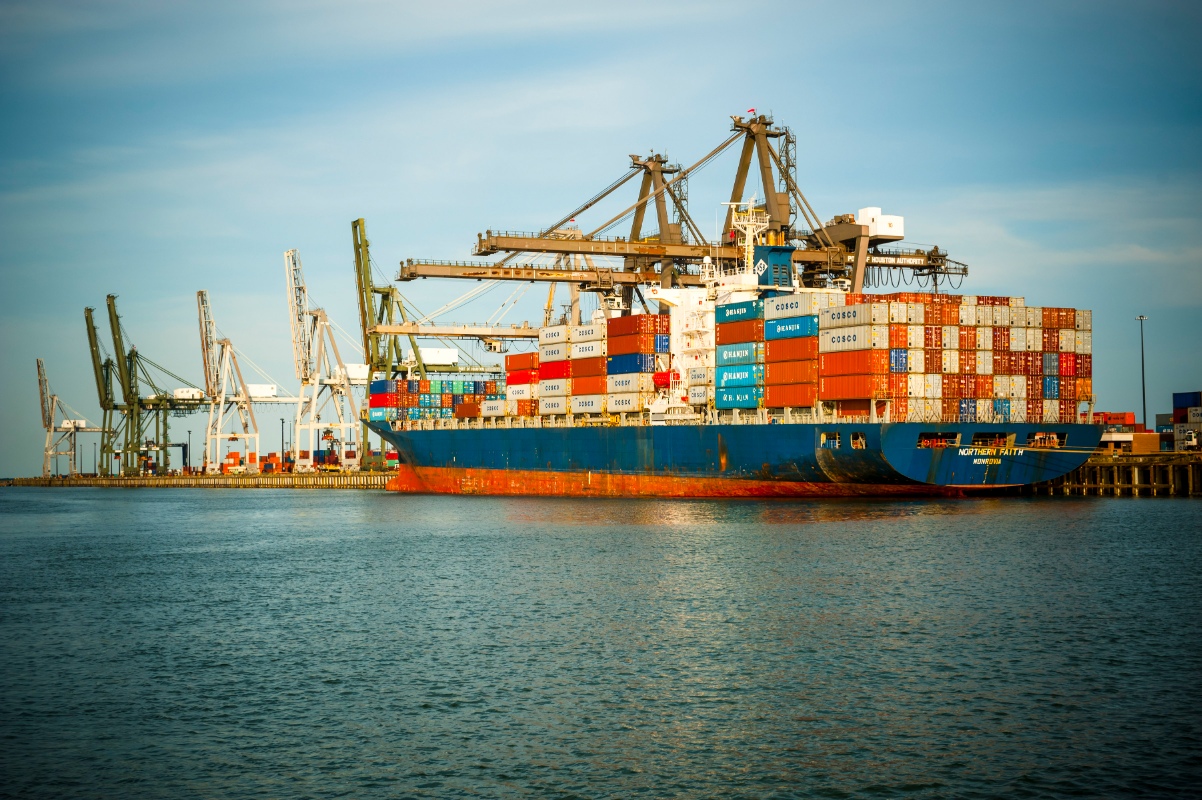Houston Business Barometer Week 15: 70% of Cos. Say Operations Moderately or Severely Impacted by Pandemic
Published Jul 16, 2020 by A.J. Mistretta
Small businesses in the Houston region continue to struggle as COVID-19 cases rise, forcing parts of the economy to remain closed or at limited capacity.
About 28% of companies responding to the Partnership’s latest Business Barometer Survey say their outlook is worse this week than it was last week. Nearly 16% of respondents say their outlook is better this week compared with a week ago. Most (64%) of the companies that said their outlook is worse are small businesses with fewer than 100 employees. About 56% of respondents say their outlook is about the same this week as last week.
About 22% of respondents said their revenues have declined since their last billing cycle, down from about 34% who reported such a decline last week. Sixteen percent said their revenues have increased since the last billing cycle, about the same as last week.
Thirty-four percent of responding companies say their operations have been severely impacted by the pandemic while another 35% report a moderate impact on operations.
Amid an increase in new COVID-19 cases across Texas, Governor Greg Abbott said on June 25 he was pausing reopening efforts statewide. He also closed down bars and nightclubs across the state and rolled back occupancy limits on restaurants from 75% to 50%. Today, the number of COVID-19 cases in the Houston region stands at 69,275. There were 2,541 confirmed new cases yesterday, July 15.
Asked about the impact of reopening efforts that began on May 1st, 3.6% of companies responding to the Partnership survey say they have reopened completely while another 36% say they have partially reopened. Nearly 10% say they have not reopened and about half responding to this week’s survey say they never halted operations.
About 69% of responding companies say they never furloughed or laid off employees. Just 2% of companies say they have recalled all employees that had been laid off or furloughed. About 8% say they have recalled some furloughed or laid employees.
Asked when they expect to resume normal operations, 42% of respondents say they expect it will take three months or longer. Roughly 25% of companies say they don’t know when normality will return.
A total of 89 companies responded to the 11th Houston Business Barometer survey conducted by the Partnership between July 14-15.
See results from last week.
Get information and guidelines on reopening businesses safely from the Partnership's Houston Work Safe Program. Visit the Partnership's COVID-19 Resource page for updates, guidance for employers and more information.
 The Houston Report
The Houston Report




















